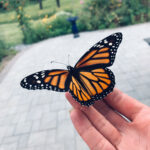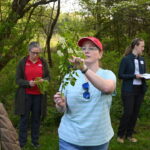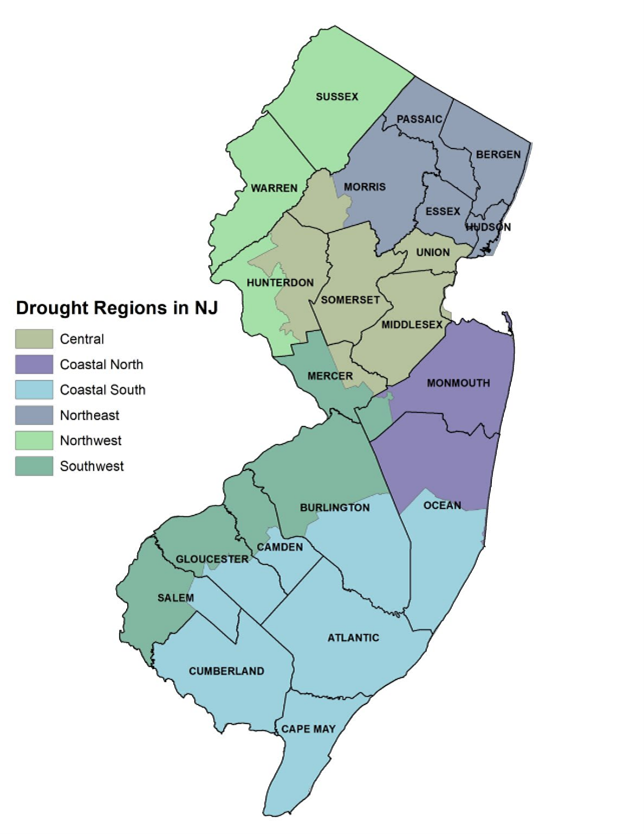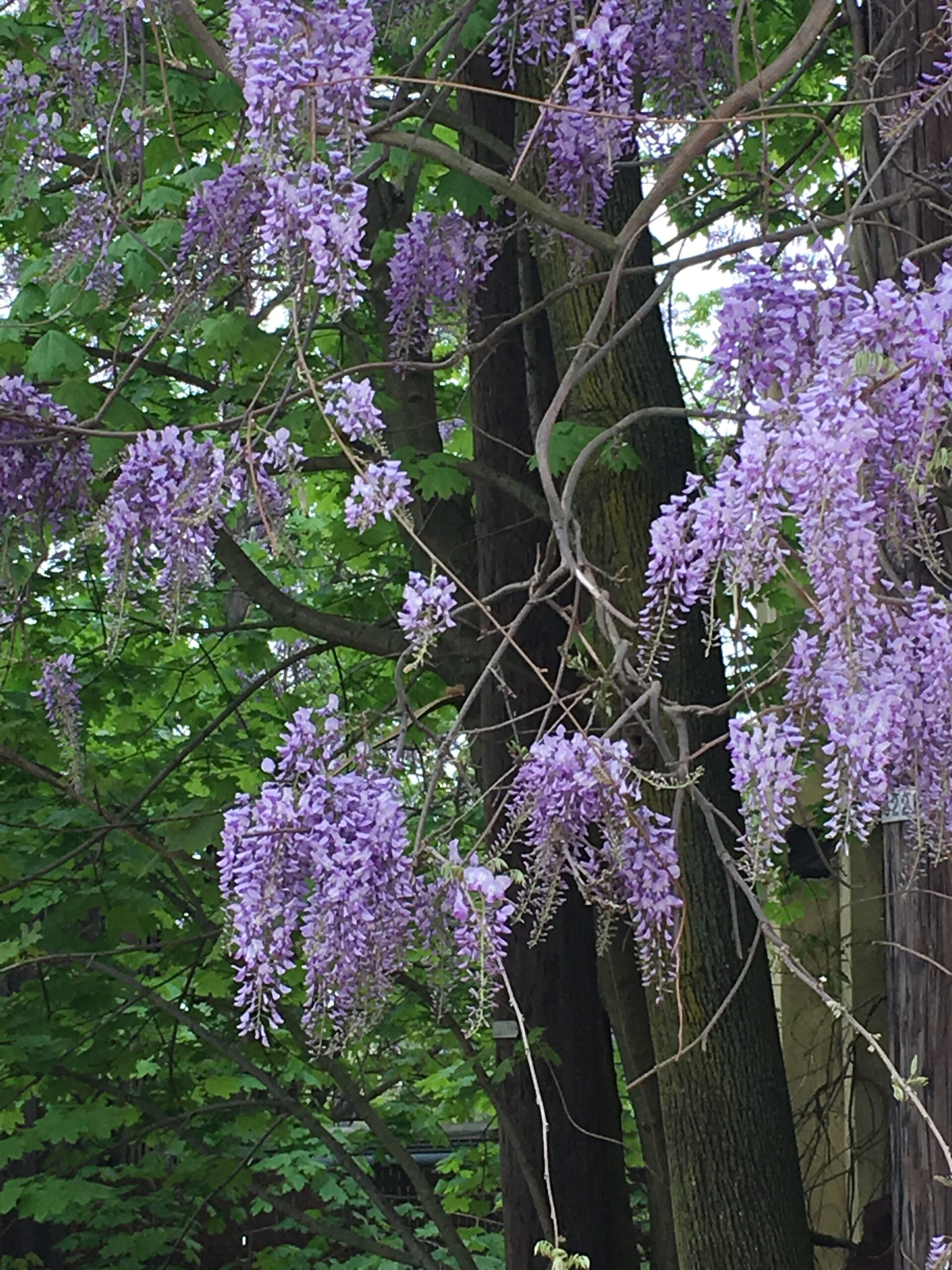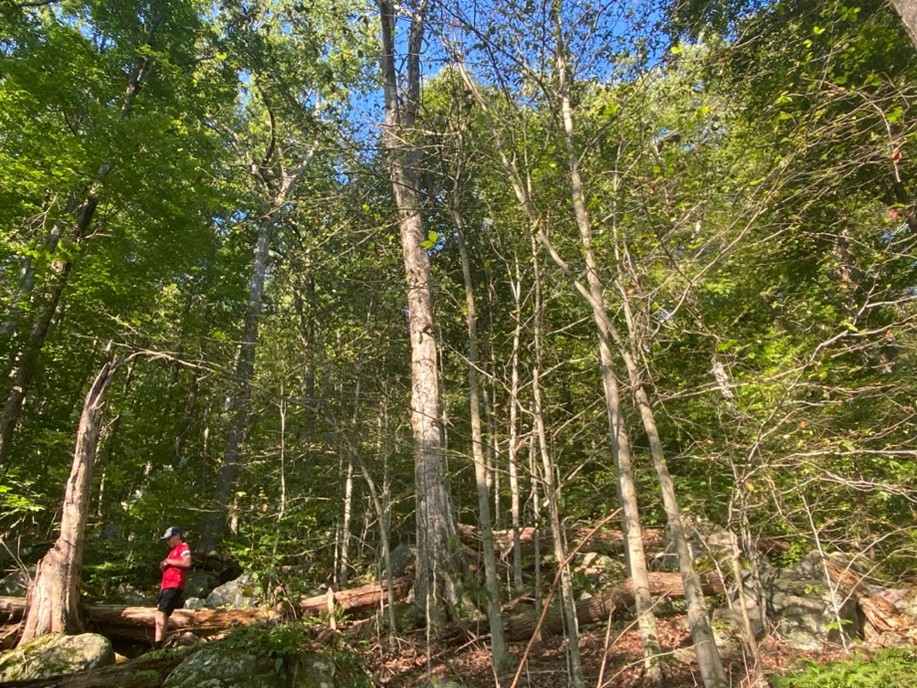Main Content



Sign up to be notified when registration opens for the 2026 class.
The Rutgers Environmental Steward program trains volunteers on important environmental issues in New Jersey and how they can make a difference in their community. Stewards learn how to help advance sustainable climate change solutions, not just in their own lives, but in their communities.
Environmental Stewards is a certificate program offered through Cooperative Extension, a unit of Rutgers New Jersey Agricultural Experiment Station.
Make a difference in your community! Become a Rutgers Environmental Steward. Sign up for updates about our natural resource programming.
Thank you to our program partners, and the Atlantic County Utility Authority for their continued support.
Program Updates
Plant It and They Will Come
Written by Kirsi Bhasin, RES Class of 2024, Certified 2024 It all began with a Monarch butterfly, which I spotted fluttering through our backyard during…
A Season of Discovery:
Eastern Bluebird Nest Box Monitoring Submitted by: Nick Bernardo, RES 2024, Certification Candidate Project Host: Monmouth County Huber Woods Park For as long as I…
Join the Rutgers Environmental Steward Program- Class starts January 21
Are you passionate about making a difference in your community and the environment? The Rutgers Environmental Steward Program offers a unique opportunity to learn from…
Operation Grow: Focus on Human, Economic, Social, and Environmental Sustainability.
Sharonda Allen, MPA Founder and Executive Director, Operation Grow Inc. RES 2023 Operation Grow Inc. and the NJDEP Greenway Pop Up Garden was the first and…
Science
What’s the Deal with the Drought?
New Jersey had a record-setting drought during the fall of 2024, with October being the driest month ever recorded for the state going back to…
May Invasive Species of the Month: Wisteria
Invasive vines such as Wisteria spp. can kill healthy, mature trees. Simple actions like controlling invasive vines can help save trees, which are vital for capturing greenhouse gases and reducing the impact of climate change.
Getting Involved to Make a Difference for the Environment
Many people are committed to implementing more sustainable practices at home. But often people also want to do more for their community by participating in…
Eco-grief got you down? Here’s what you can do about it
I spent the past year watching as beech leaf disease ravaged through some of my favorite forests in New Jersey. Seeing these majestic beech trees…
